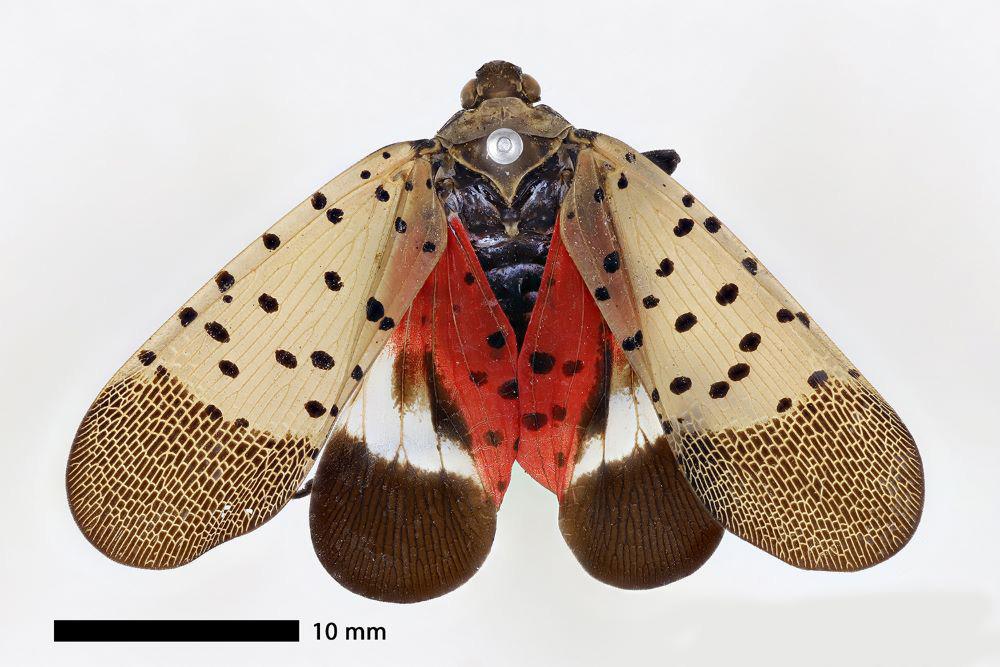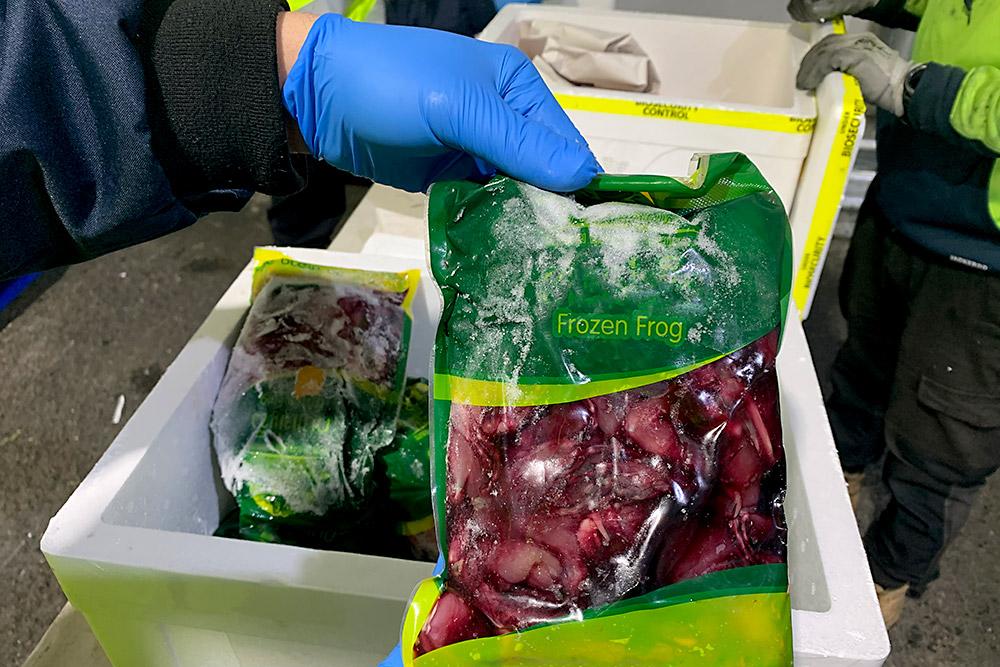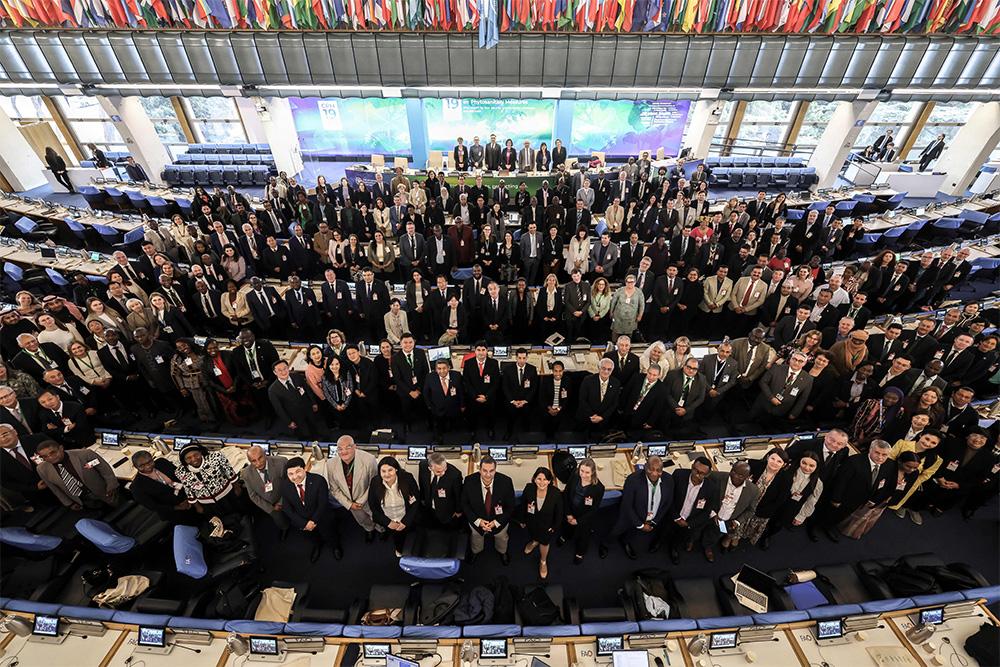Statement by Secretary and Director of Biosecurity Andrew Metcalfe AO, to Senate Rural and Regional Affairs and Transport References Committee for its inquiry into the Adequacy of Australia’s biosecurity measures and response preparedness, in particular with respect to foot-and-mouth disease and varroa mite.
Good morning, Chair and Senators - I would like to thank you for the opportunity to make an opening statement. I’m joined by a range of senior officers today from my department and the Department of Foreign Affairs and Trade and the Australian Border Force to provide evidence to your hearing, in addition to the informal briefing provided to you last week. We will also provide a detailed, written submission to your inquiry.
National Biosecurity Strategy
Yesterday Minister Watt launched Australia’s new National Biosecurity Strategy (2022-2032), building on the Commonwealth Biosecurity Strategy 2030 launched last year. The National Strategy was developed over the last year by my department, working with all jurisdictions and key areas of industry, guided by a reference group. I have copies available here today.
I’m delighted that the Strategy was endorsed by all Commonwealth, State and Territory Agriculture Ministers at their recent meeting. It’s a first for Australia: to have a national strategy, and reflects a heightened awareness of the need for all parts of the biosecurity system to work in concert.
The Strategy is our roadmap for Australia’s biosecurity system over the next 10 years. It is focused on the increased and changing biosecurity threats that are closer and more threatening than ever before. It clearly states that our biosecurity system needs to be continually strengthened, so that we can collectively better address challenges as they emerge as a connected, resilient, and shared responsibility.
Biosecurity in Australia
The first incursion of an exotic pest or disease in modern times arrived with the First Fleet. Prickly pears were imported as hosts of cochineal insects used to produce the distinctive red dye used in British soldiers’ uniforms at the time. Subsequently other varieties were introduced as hedges and fodder, and quickly spread in the dry inland climate west of the Great Divide, ultimately rendering 40,000 km2 of farming land unproductive.
My grandparents were forced to abandon their farm in Southern Queensland in 1929 due to the prickly pear infestation - just prior to the widespread introduction of Cactoblastis cactorum, a moth from South America, whose larvae eat prickly pear. It was eventually successful in wiping out most of Australia’s prickly pear infestation. This case is often cited as an example of best practice biological pest control and is an excellent example of evidence-based science. Travellers along the Warrego Highway will notice that the Cactoblastis moth is celebrated by a Memorial Hall in Boonarga, near Chinchilla, west of Toowoomba.
Commonwealth powers
The Commonwealth’s powers around quarantine and biosecurity are derived from the Australian Constitution through Section 51 Part 9. The Quarantine Act 1908 was replaced by the current Biosecurity Act 2015. The legislative scheme is based on the premise that federal legislation will regulate goods and conveyances as they enter Australia in order to manage biosecurity risk, while also having powers to assess, manage and identify onshore a pest or disease incursion. The Commonwealth’s biosecurity scheme operates concurrently with state and territory domestic controls – between the Commonwealth and the states, Australia has a world class biosecurity system.
Pursuant to Section 540 of the Act, I am Australia’s Director of Biosecurity, given that I am the Agriculture Secretary.
Our world-class biosecurity system has kept Australia free of many pests and diseases and we have recently strengthened measures in a range of areas. The system is very mature and is based on over a century’s scientific and other expert advice to manage risks through biosecurity controls, to keep Australia’s Appropriate Level of Protection (ALOP), aimed at reducing biosecurity risks, to a very low level, but not to zero.
The Department’s submission to this inquiry will provide more detail, but I note that our modern biosecurity system has been developed following a range of reviews by many eminent Australians including the 1996 Nairn report, the 2008 (& 2012) Beale review, the 2011 Matthews report on Foot and Mouth Disease (FMD) readiness, the 2017 Craik Inter-Governmental Agreement on Biosecurity review and the 2007 Royal Commission on Equine Influenza.
The Biosecurity Act 2015 established the Inspector-General of Biosecurity (IGB), with powers to review the performance of functions or exercise of powers by Biosecurity officials (s567(1)) under the Biosecurity Act. This includes information gathering and compulsion of evidence giving powers. As you would be aware a new IGB, Dr Lloyd Clump, has recently commenced in the role, replacing Mr Rob Delane who served with distinction over a number of years.
FMD and Varroa mite
Chair and senators, FMD and varroa mite have been areas of focus of biosecurity authorities and industry associations for many years. Approximately 70 countries are known to have FMD, with Indonesia the most recently infected country, after 30 years of freedom from the disease.
Australia’s biosecurity controls are set to prevent the introduction and subsequent exposure of Australian animals to FMD and have done this successfully for 150 years since the last significant outbreak in 1872 in Werribee, Victoria. The AUSVETPLAN contains the nationally-agreed approach for the response to emergency animal disease incidents in Australia, shared across the Commonwealth, all jurisdictions and with Animal Health Australia.
The experience from FMD outbreaks in the United Kingdom (the last in 2007) which caused crises in British agriculture through to tourism, have informed further measures to strengthen our preparedness and readiness. Those measures have been further strengthened in recent months given that FMD is now again present in Indonesia, as well, of course, as is Lumpy Skin Disease (LSD).
The response to the recent incursion of Varroa mite in NSW is based on planning over several years with the Commonwealth, all jurisdictions, Plant Health Australia and the bee industry. The National Bee Pest Surveillance Program acts as an early warning system to detect new incursions of exotic bee pests and pest bees by monitoring locations considered to be most likely entry points throughout Australia.
Ongoing investment in the biosecurity system is guided by experts in my department and partnerships with states and territories, CSIRO, the Australian Centre for Disease Preparedness, the Centre of Excellence for Biosecurity Risk Analysis (based at the University of Melbourne) and international bodies such as the World Organisation for Animal Health (OIE).
Conclusion
Finally, I can assure the committee and broader community that we are not complacent. We are never complacent. We fully understand the consequences of these pests and diseases. We have mobilised all available resources, our networks across industry and government, and international partners, to keep Australia FMD and LSD free.
We are open to new ideas and welcome the attention of this Committee. We are enlisting the best minds in biosecurity in Australia and leading extensive engagement with industry leaders. We are managing COVID impacts on our workforce and have moved key leadership staff to bolster resources at the border – at airports, ports and mail centres.
We will be providing extensive evidence today around FMD, LSD and Varroa mite, so I won’t expand further.
My colleagues and I are happy to respond to any questions. Thank you.
Further information:
To learn more about FMD and how we are stepping up biosecurity measures to keep Australia protected, visit agriculture.gov.au/footandmouthdisease.
Find out more about the National Biosecurity Strategy here: www.biosecurity.gov.au/about/national-biosecurity-committee/nbs
Find out more about Varroa mite at: https://www.outbreak.gov.au/current-responses-to-outbreaks/varroa-mite



